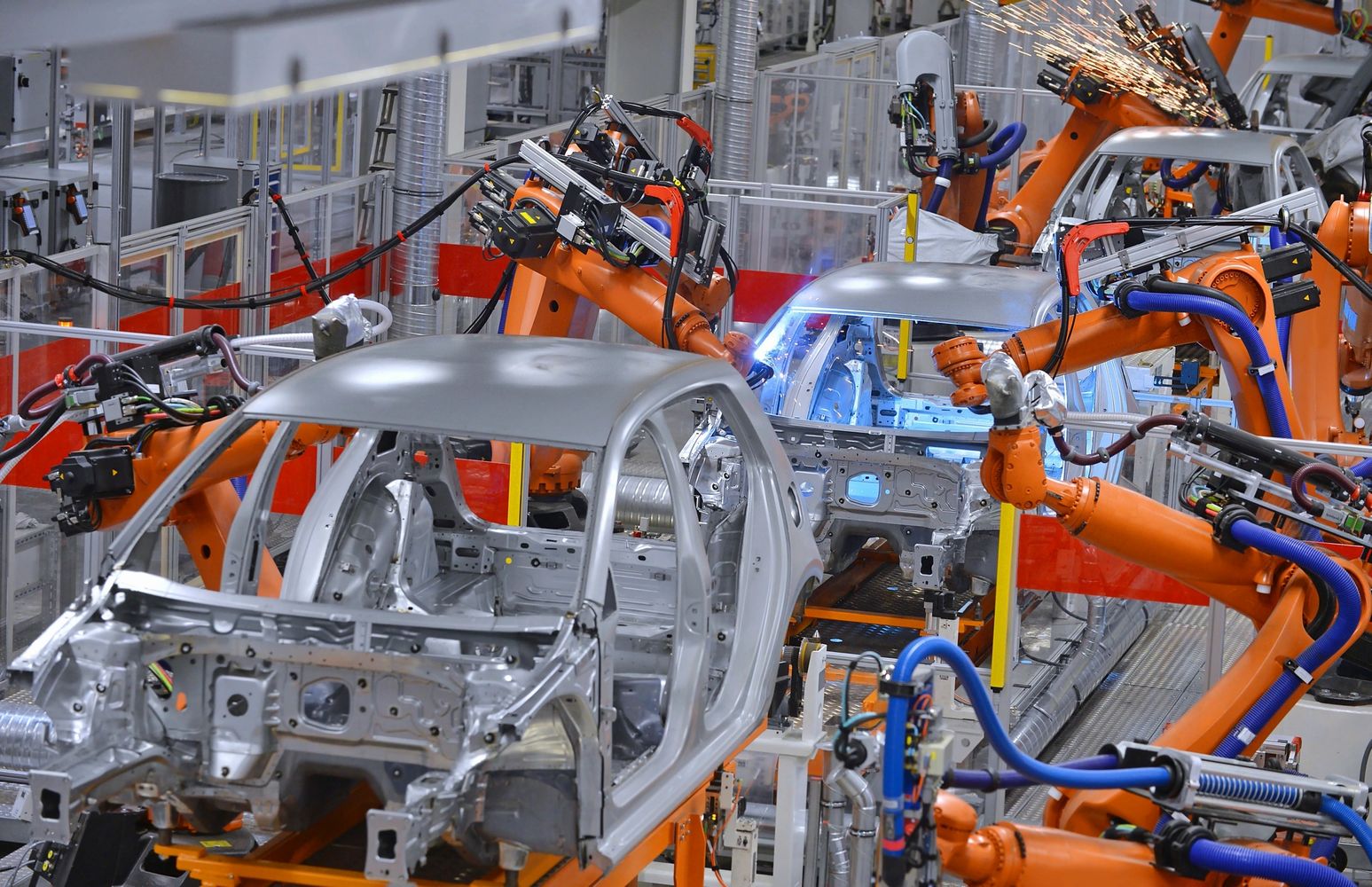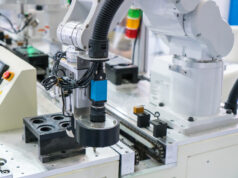Motion control is an essential part of the manufacturing industry. Companies continuously add new requirements to their lists, the ones that will facilitate the work and, at the same time, increase productivity and enable them to grow their businesses.
These requirements vary greatly, which is why there are always new trends for manufacturers to implement and take their companies to the next level. In the following text, we will discuss some of the most widely used ones.
1. Simulation
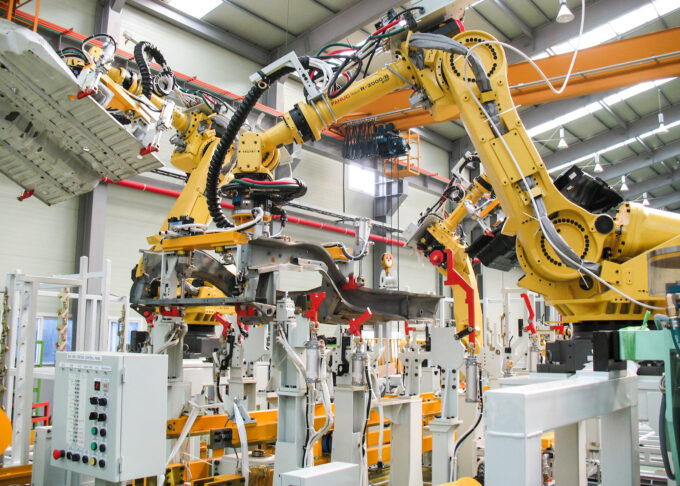
With the constant development of technology, automation has become vital. Still, that is not all. Nowadays, technology enables companies and engineers to use simulation when designing new machines and other pieces of equipment. As you can assume, this is a lengthy process and it includes multiple steps from designing and drawing to building prototypes, and testing the pieces.
However, predicting any future problems and preventing them from happening isn’t easy, and that is when simulation comes in. Basically, it enables engineers to carefully study every component of the machine they are working on.
The benefits of this are multiple. Firstly, they will be able to finish their work and complete a project in a shorter period of time simply because they won’t have to go back and fix mistakes, but instead, they will predict them and eliminate them immediately. Furthermore, it enables them to make the machine available for purchase sooner. Finally, they will be able to closely observe each function, test new features, ensure its optimal performance, and at the end of the day, save some money.
2. Frameless motors

One of the latest developments in the motion control industry is a frameless motor. Due to the fact that it doesn’t include traditional housing, it is more compact, but there are other advantages to it. It improves the efficiency of a machine, and therefore, it increases the overall productivity. At the same time, it is flexible, and it can easily be customized, a feature that will make it a vital piece in the future. The last two features are of crucial importance because the manufacturing process is becoming more specialized, which means that manufacturers need pieces that can follow the trend.
One of the greatest advantages of these is that due to their design, they can be implemented into numerous types of machines and still provide the same power as regular ones. Naturally, for now, these are constituents of some pieces of equipment, but it is expected that they will be widely used in the future, as their design and features continue to develop.
3. Proper maintenance
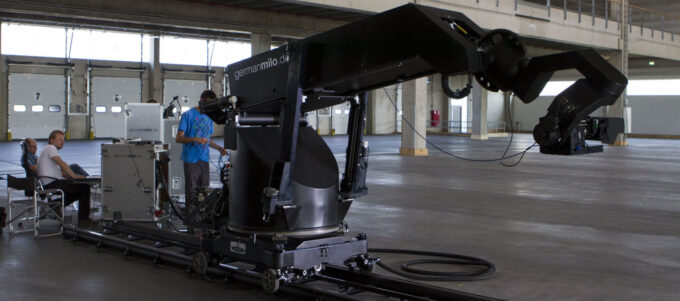
Poor maintenance of the equipment is a sure thing that will slow down the production process and eventually cost companies a lot of money. In the past, when a part of the machine failed, workers had to spend endless hours to locate and figure out the problem. This would not only stop the manufacturing itself but keep in mind that resolving the issue would take even more time due to some unreachable components.
This is when predictive maintenance comes in handy. Nowadays, it enables workers to observe the work and functionality of each piece, and therefore, they are able to understand when some components are about to break down. Hence, they have more than enough time to replace those pieces, clean them, or even upgrade them and prevent the issue from occurring. This isn’t only a matter of productivity and money, but employee safety too.
According to Encoder, this trend enables companies not only to observe and notice potential failures but also to understand when they should schedule the next maintenance. Instead of waiting for something to go wrong, nowadays, this technology enables them to choose the best moment for maintenance, probably a period of time when the equipment wouldn’t be used.
The one thing that companies need to understand is that predictive maintenance shouldn’t be considered a luxury, but instead, an essential technology they must implement in their business. Obviously, the same cannot be said for frameless motors since they are a fairly new trend, which makes them unavailable for many manufacturers due to high prices, but this is not the case when it comes to predictive maintenance.
4. Remote diagnostics
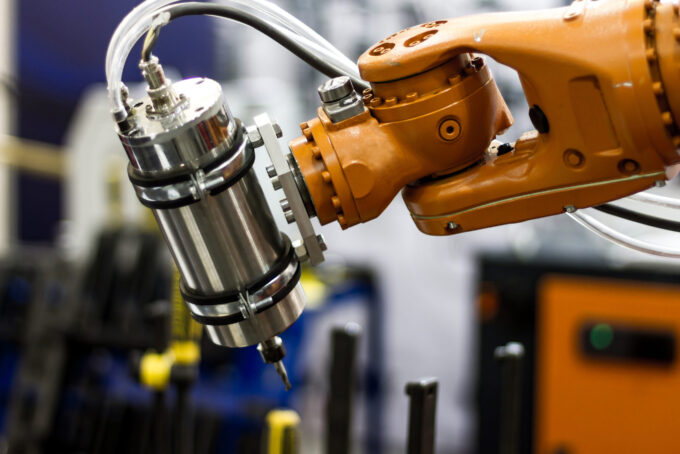
While on the subject of maintenance, companies are always looking for a new technology they can use to predict issues, hence, remote diagnostics is another popular trend. The main goal is to improve communication between the machinery and employees. This will enable them to easily understand how to solve a problem, and what their next step should be. As you can assume, this innovation will save people a lot of time in the future, and as soon as the alarm goes off and informs them that something went wrong, they will be able to identify which component malfunctioned and work on repairing it as soon as possible.
5. Safety solutions
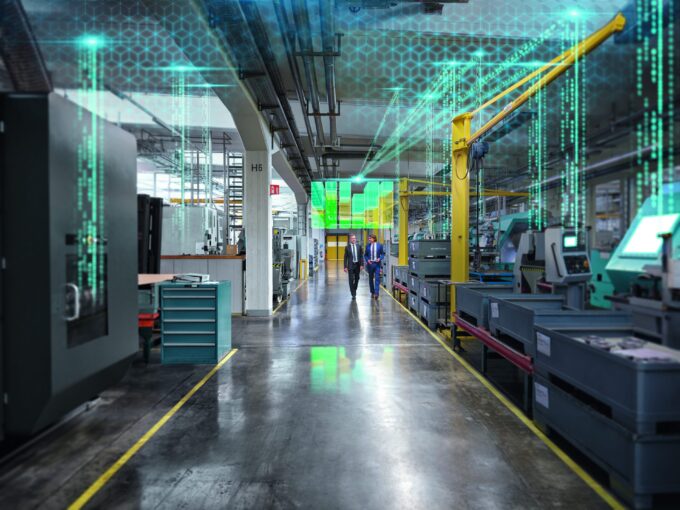
Sure, the manufacturing process is being developed continuously, and most pieces are automated, meaning that the requirement for manpower is significantly lower nowadays than it used to be a few decades ago. Still, this doesn’t mean that safety shouldn’t be a big concern.
When designing any kind of machinery today, engineers have to consider the safety factor. Obviously, the machine can work on its own, but what will happen when it malfunctions? That’s right. Employees have to come in and fix it. This is why it is no longer enough to design a piece of equipment that can improve workers’ productivity, but it also has to ensure their safety when maintaining it.
6. Digitalization
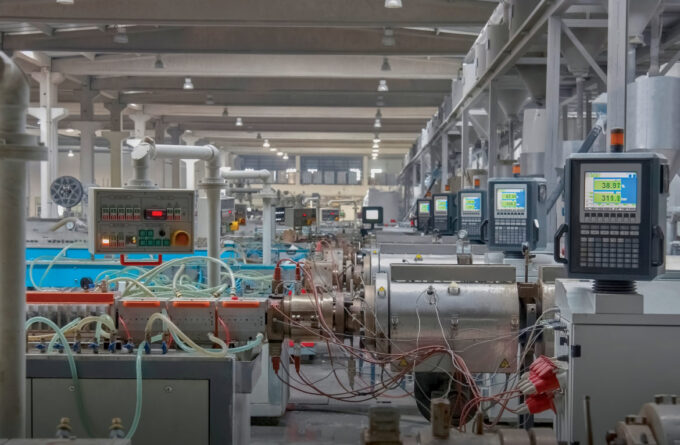
Finally, this is a trend that affects all industries. Companies will use new pieces of technology to improve productivity, but also to cut down the production time and costs. This will also be beneficial for manufacturers of the equipment since they will be able to connect all the pieces and create a single system that will greatly develop the industry. As you surely know, this trend is already happening, and many businesses are outsourcing different types of service, but it is expected that it will further grow in the future.

